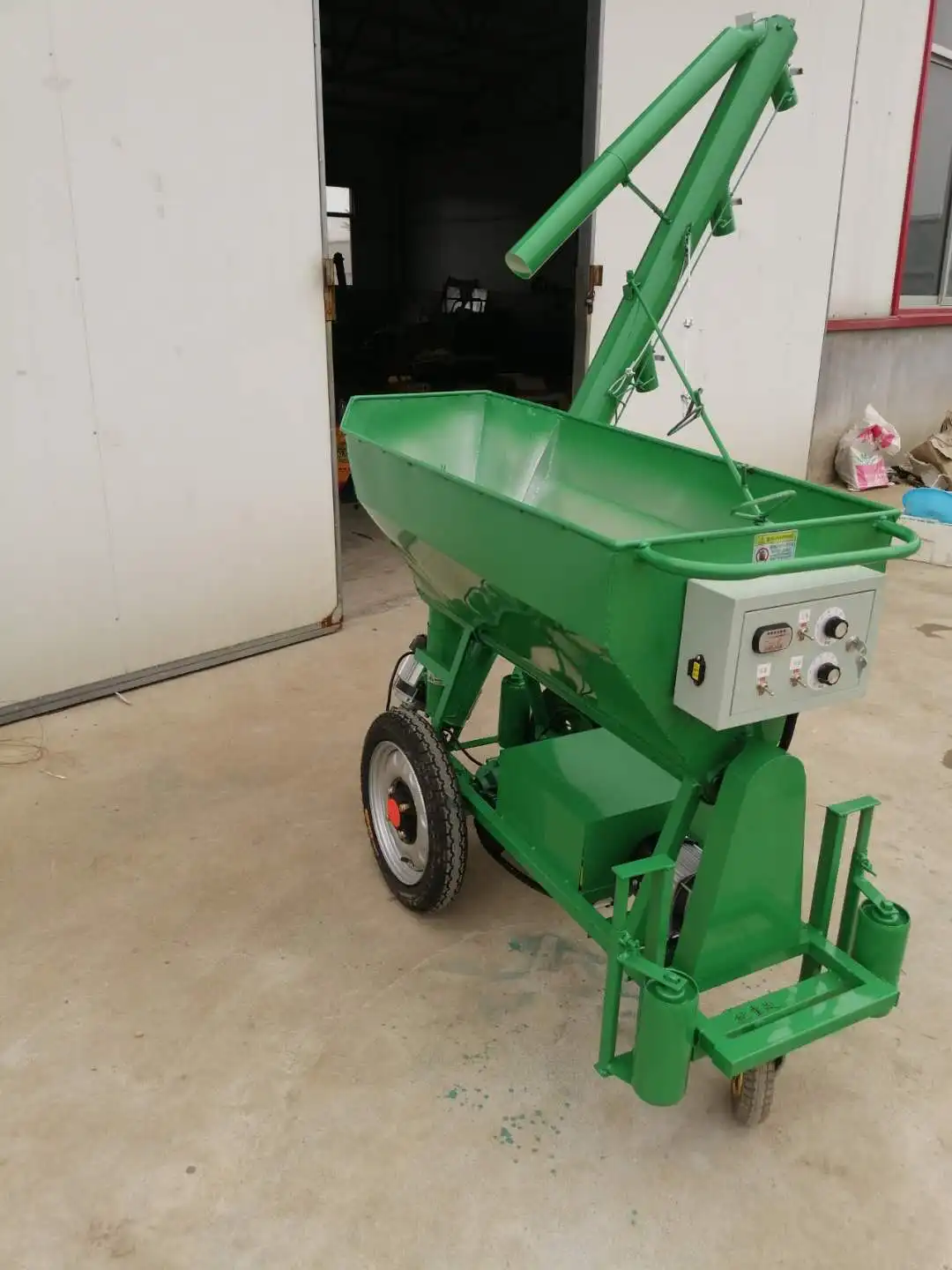Durable Poultry Cage Mesh for Optimal Livestock Housing Solutions
Oct . 10, 2024 23:11 Back to list
Durable Poultry Cage Mesh for Optimal Livestock Housing Solutions
The Importance of Poultry Cage Mesh in Farming Operations
Poultry farming is a vital sector of agriculture, providing a significant source of protein for millions of people worldwide. Within this industry, the welfare of birds, as well as the efficiency and hygiene of farming operations, is paramount. An essential component that significantly impacts these factors is poultry cage mesh. This article delves into the importance of cage mesh in poultry farming, its benefits, and considerations for optimal use.
Poultry cage mesh refers to the materials used to construct cages that house birds such as chickens, ducks, and quail. These cages are designed not only to keep the birds confined and safe but also to promote their health and productivity. The type and quality of mesh used can affect airflow, temperature regulation, and overall comfort for the birds, influencing their growth rates and egg production.
One of the key advantages of using high-quality mesh is the improvement of bird welfare. Properly designed cages with appropriate mesh allow for excellent ventilation, ensuring that birds have access to fresh air while minimizing the risk of respiratory issues caused by poor air quality. Furthermore, these cages help prevent over-crowding, which can lead to stress and aggression among birds, ultimately impacting their health and productivity. The structural integrity of the mesh also protects birds from external threats such as predators or pests.
poultry cage mesh

Hygiene is another crucial factor in poultry farming, and the right cage mesh can greatly enhance sanitation efforts. Wire meshes often have smooth surfaces that are easy to clean and reduce the accumulation of waste and debris, which can harbor diseases. Additionally, cage systems can be designed to allow for easy collection of droppings, further promoting a clean environment. With fewer health issues arising from unhygienic conditions, farmers can significantly reduce veterinary costs and improve yield.
The material of poultry cage mesh is also of utmost importance. Galvanized steel, for instance, is a popular choice due to its strength, durability, and resistance to rust and corrosion. This ensures that the cages remain intact and functional over time, even in the face of harsh environmental conditions. Moreover, advancements in technology have led to the development of coated meshes that are not only durable but also more resistant to wear and tear, thereby extending the lifespan of the cages.
When selecting poultry cage mesh, farmers must also consider the spacing between wires, which affects the size of birds that can be housed within the cages. Proper mesh spacing is crucial; it should be adequately sized to allow for comfort and movement while preventing escape or injury. Too wide a spacing can lead to accidents and injury, whereas too narrow can lead to overcrowding.
In conclusion, poultry cage mesh plays a pivotal role in the success of poultry farming. By ensuring bird welfare, maintaining hygiene, and providing structural integrity, quality cage mesh contributes to healthier birds and more productive farming operations. As the poultry industry continues to grow and evolve, investing in high-quality cage systems will remain a vital consideration for farmers seeking to optimize their production while adhering to best practices in animal welfare.
-
Hot Sale 24 & 18 Door Rabbit Cages - Premium Breeding Solutions
NewsJul.25,2025
-
Automatic Feeding Line System Pan Feeder Nipple Drinker - Anping County Yize Metal Products Co., Ltd.
NewsJul.21,2025
-
Automatic Feeding Line System Pan Feeder Nipple Drinker - Anping County Yize Metal Products Co., Ltd.
NewsJul.21,2025
-
Automatic Feeding Line System - Anping Yize | Precision & Nipple
NewsJul.21,2025
-
Automatic Feeding Line System - Anping Yize | Precision & Nipple
NewsJul.21,2025
-
Automatic Feeding Line System-Anping County Yize Metal Products Co., Ltd.|Efficient Feed Distribution&Customized Animal Farming Solutions
NewsJul.21,2025






